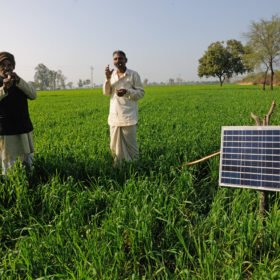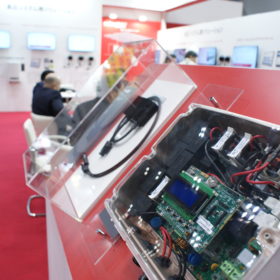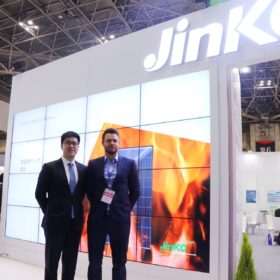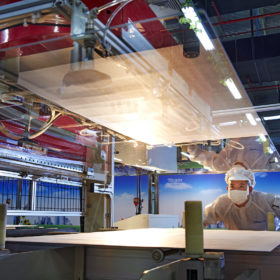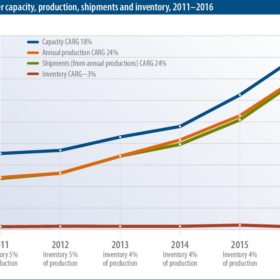Going beyond 100 GW
Interview: Rajneesh Khattar is UBM’s India Group Director and organizer of the Renewable Energy India Expo. With India’s solar market poised to become the world’s third-largest in 2017, he discussed with pv magazine the unique combination of government policy and public support that is driving this growth.
Much still to do
Indian solar market: Another year of record-breaking solar PV installations is in store for India, but this year’s projected 10 GW growth is still short of the pace required to meet its 2022 goal, writes Raj Prabhu, CEO and co-founder of Mercom Capital Group.
Still big in Japan
PV Expo Japan: This year’s flagship solar exhibition for the Japanese market held few surprises. Indeed, the event continued a reassuring trend of sensible solar policy and sober industry response, marked by Japan’s gradual shift towards decentralized energy and self-consumption, and a healthy dose of large-scale realism.
Customized solar solutions
Interview: Gener Miao, the VP of global sales for Chinese Tier-1 solar company JinkoSolar discusses the firm’s growth in the evolving Japanese solar PV sector, explaining how customization of product and approach can reap benefits in this high cost, high quality market.
Learning how to read a learning curve
Market analysis: The last edition of the International Technology Roadmap for Photovoltaic (ITRPV) roadmap addressed the end of the learning curve for PV modules as we know it. What lies behind the end of the learning curve is also the end of a common belief: industries cannot always be compared and PV is no exception to a common Shaddock-style rule: “if you believe you know what is going to happen, then you did something wrong”, argues Becquerel Institute co-founder and director Gaëtan Masson.
The shipment shuffle
2016 PV manufacturer shipments: Understanding the vagaries of the global solar market’s actual size and pressure points is a nontrivial undertaking. From headline GW-level installation figures through to regional cell capacities and actual inventory levels, getting a firm grasp of what is available to the market has never been more important.

